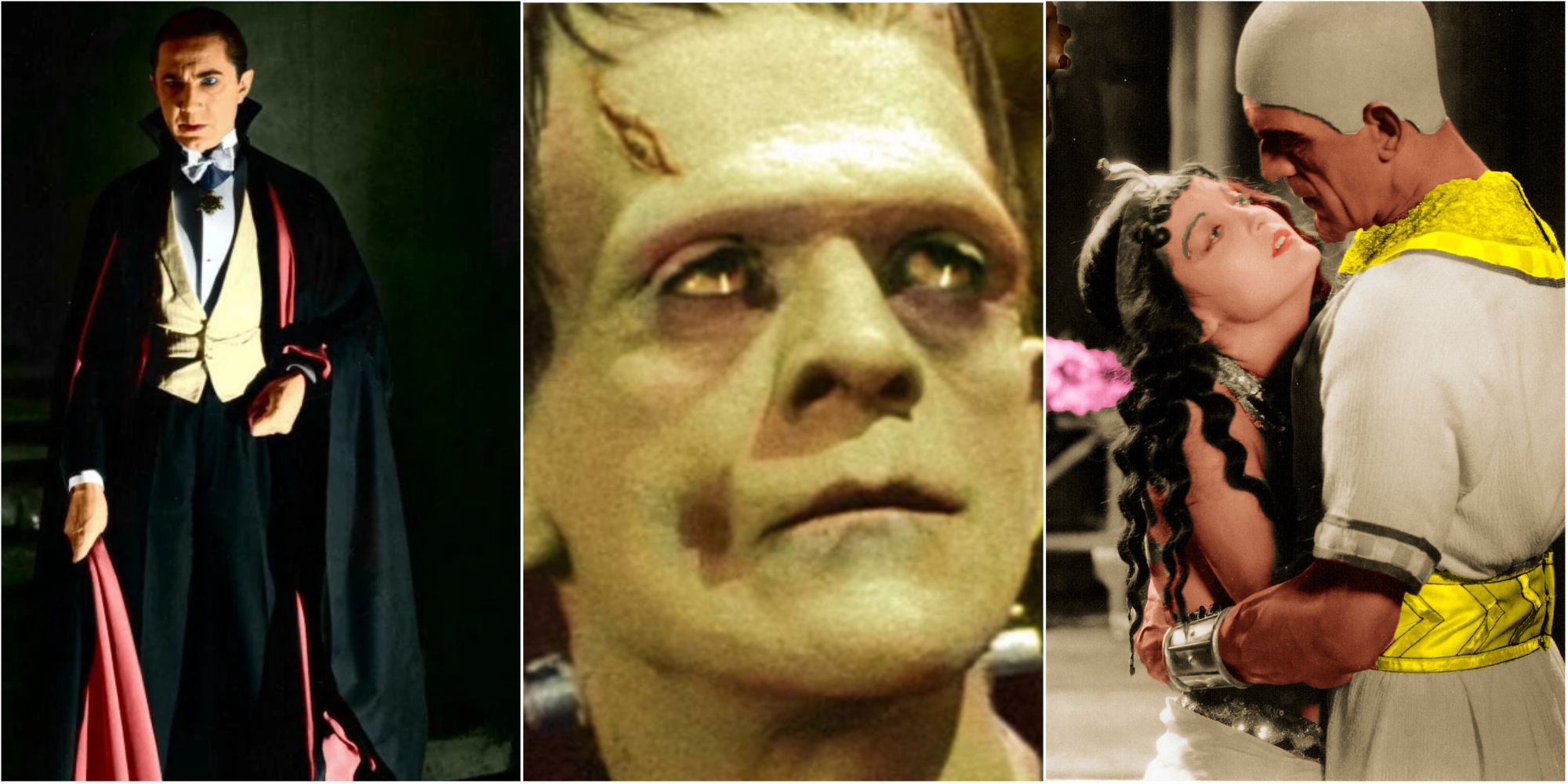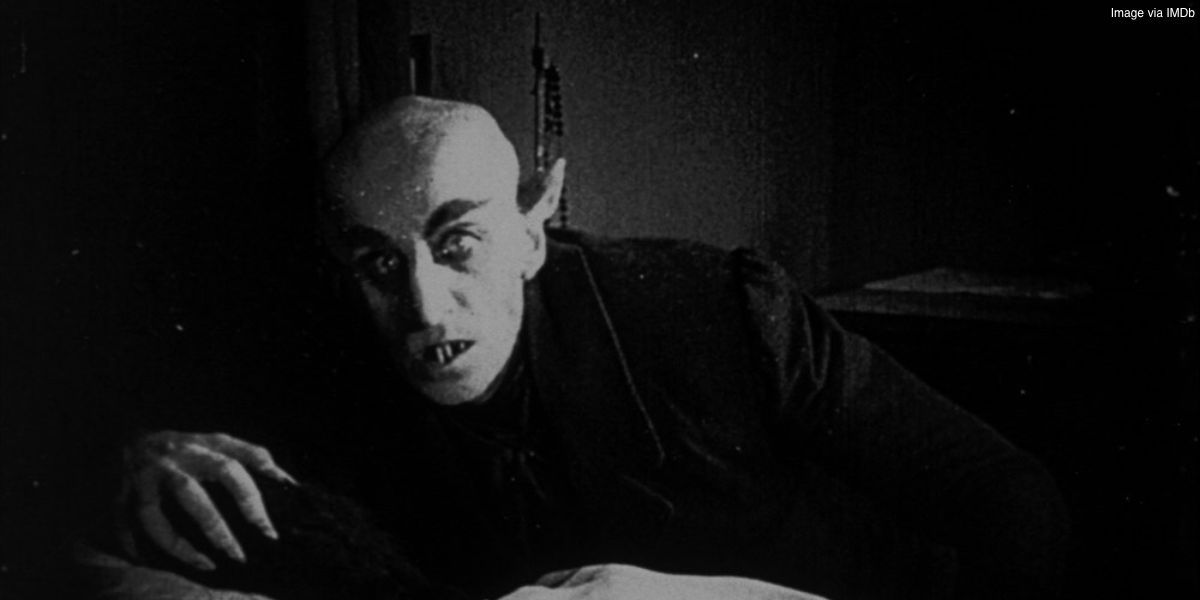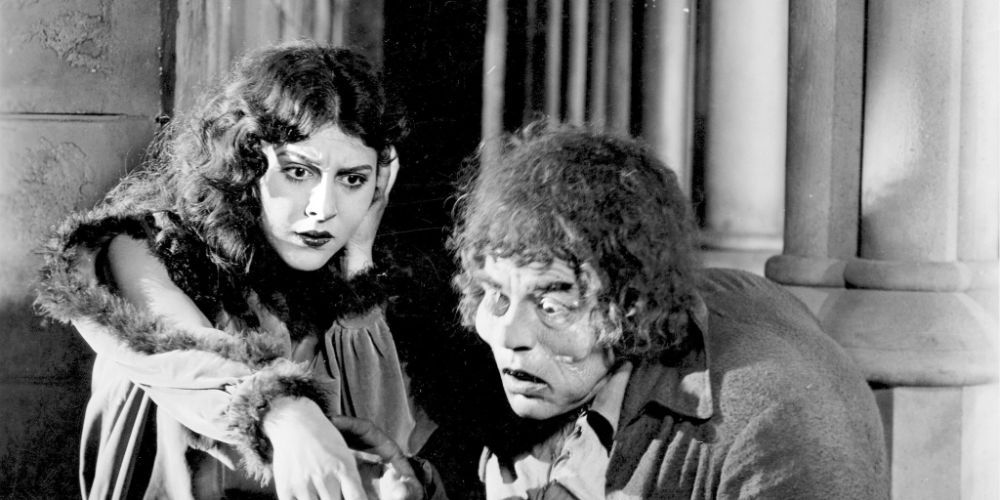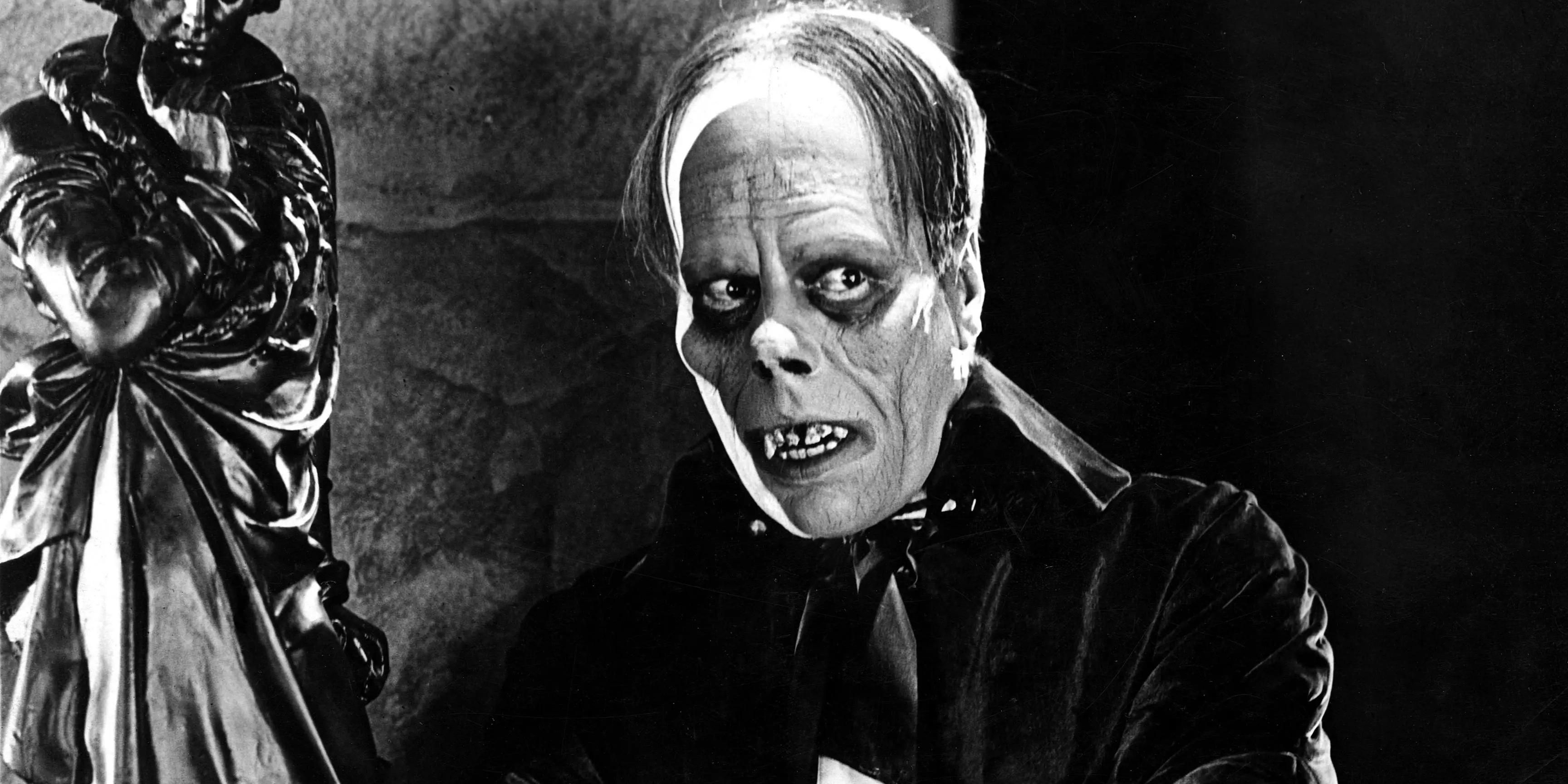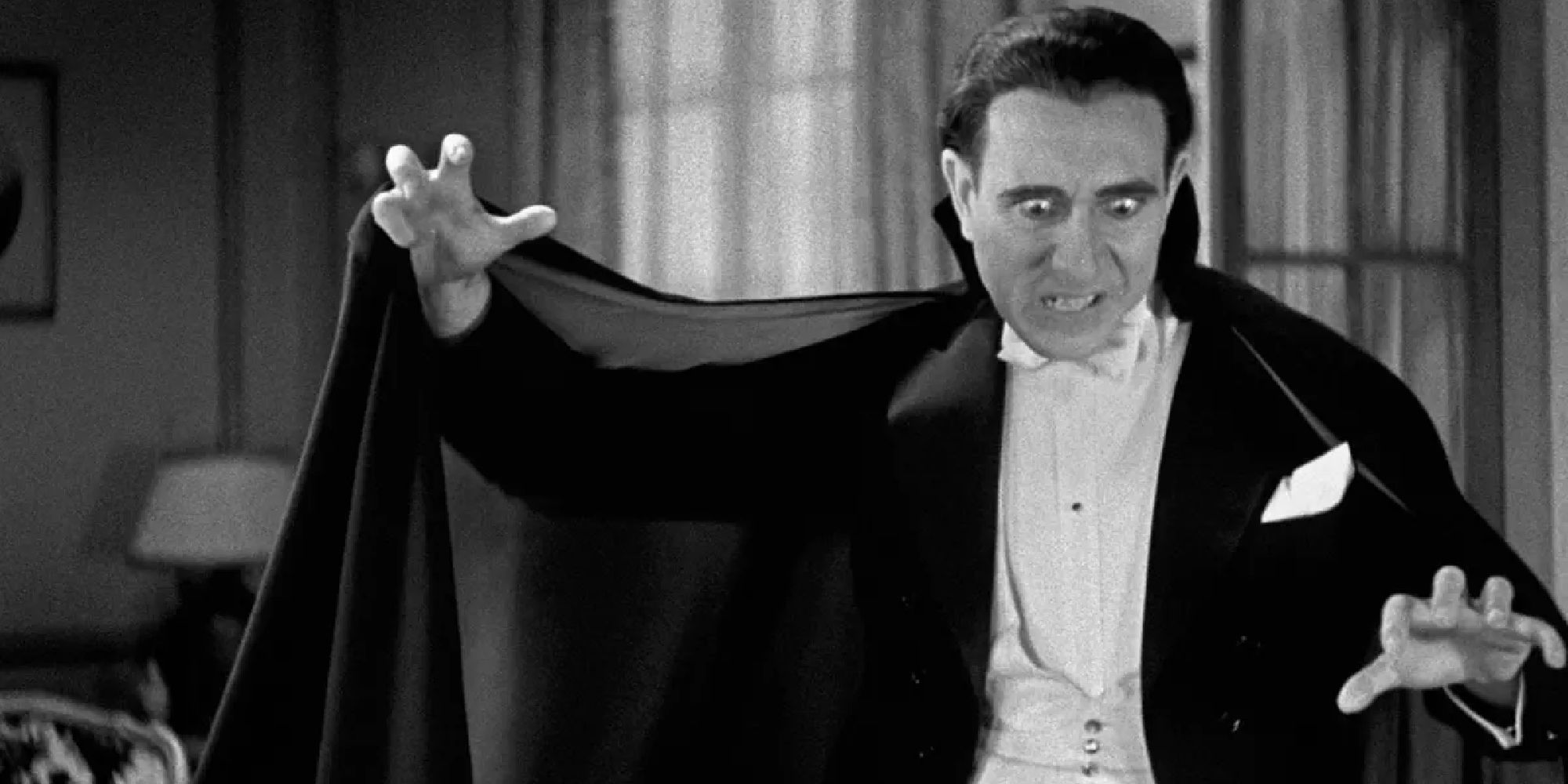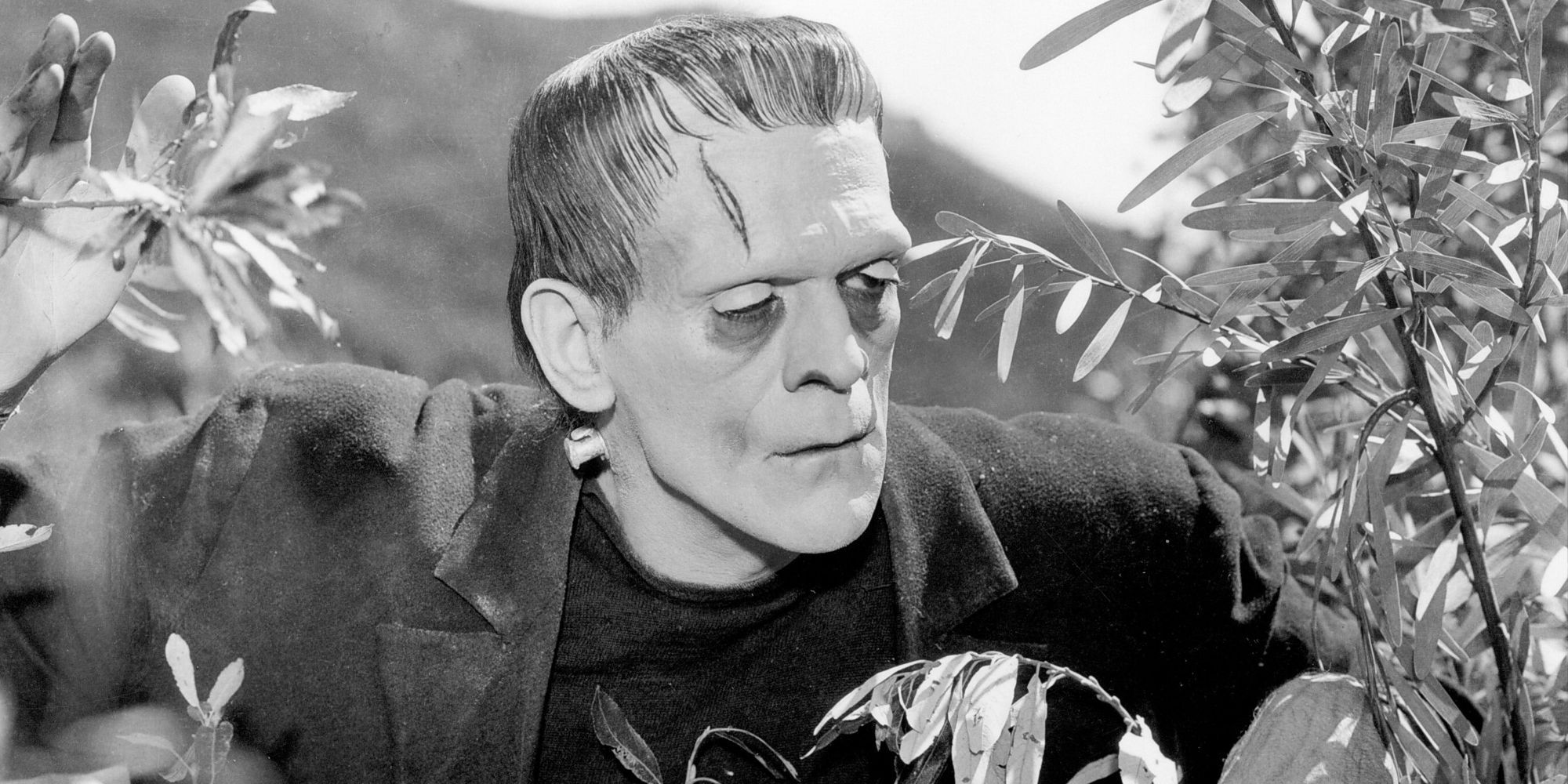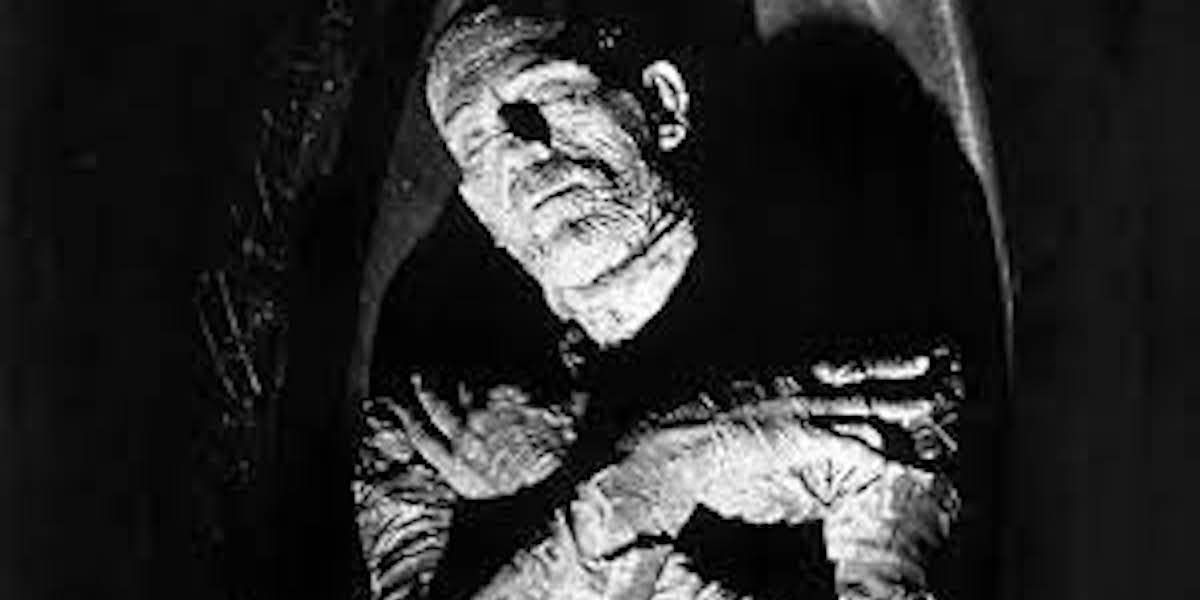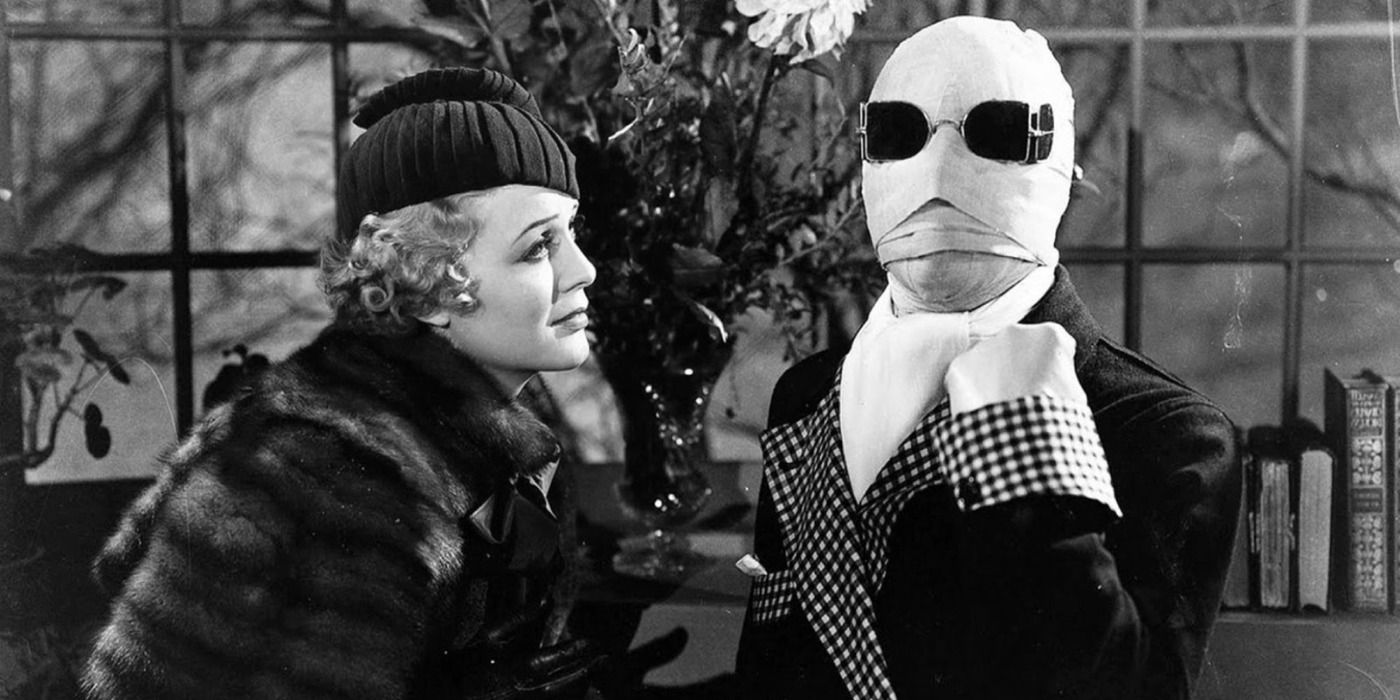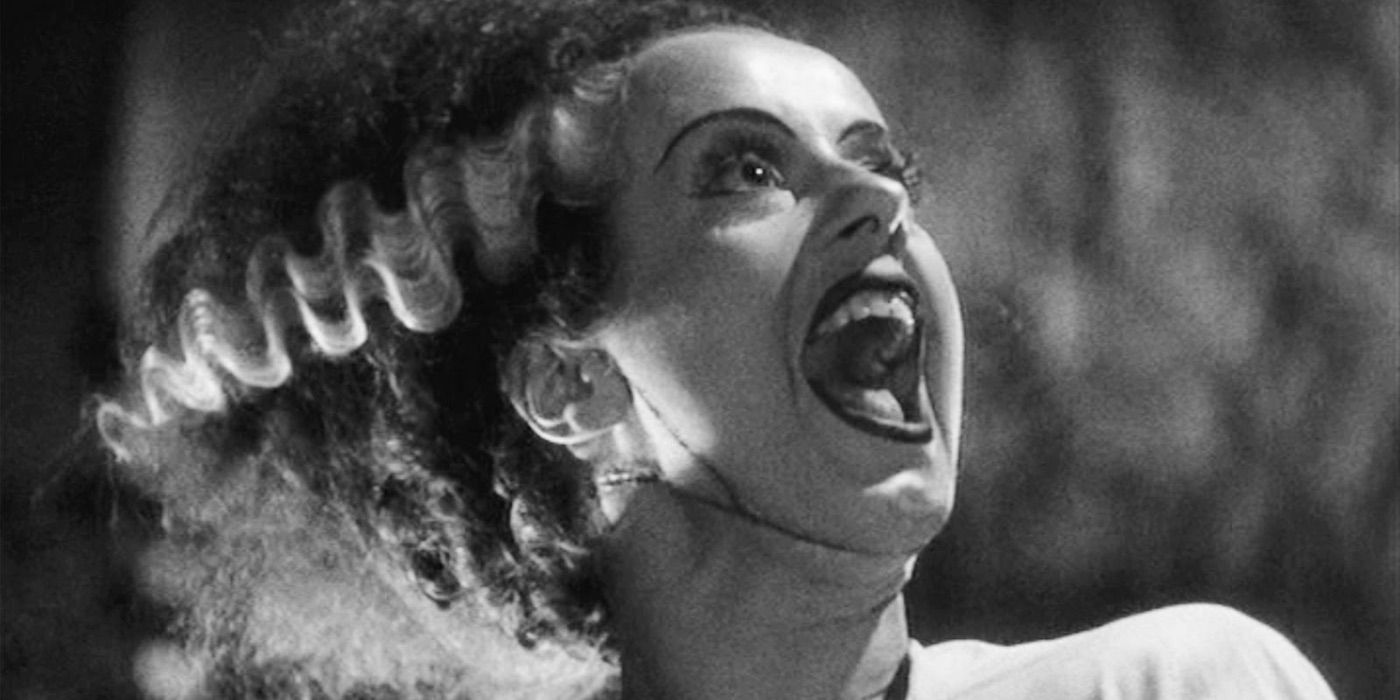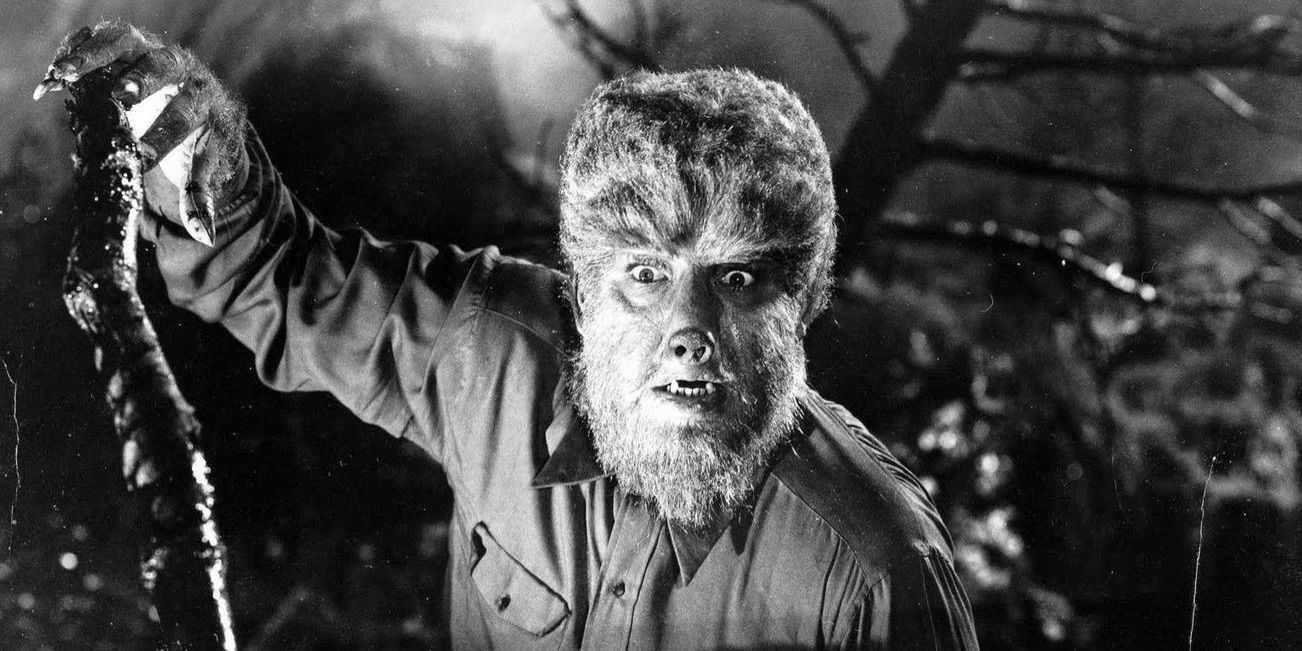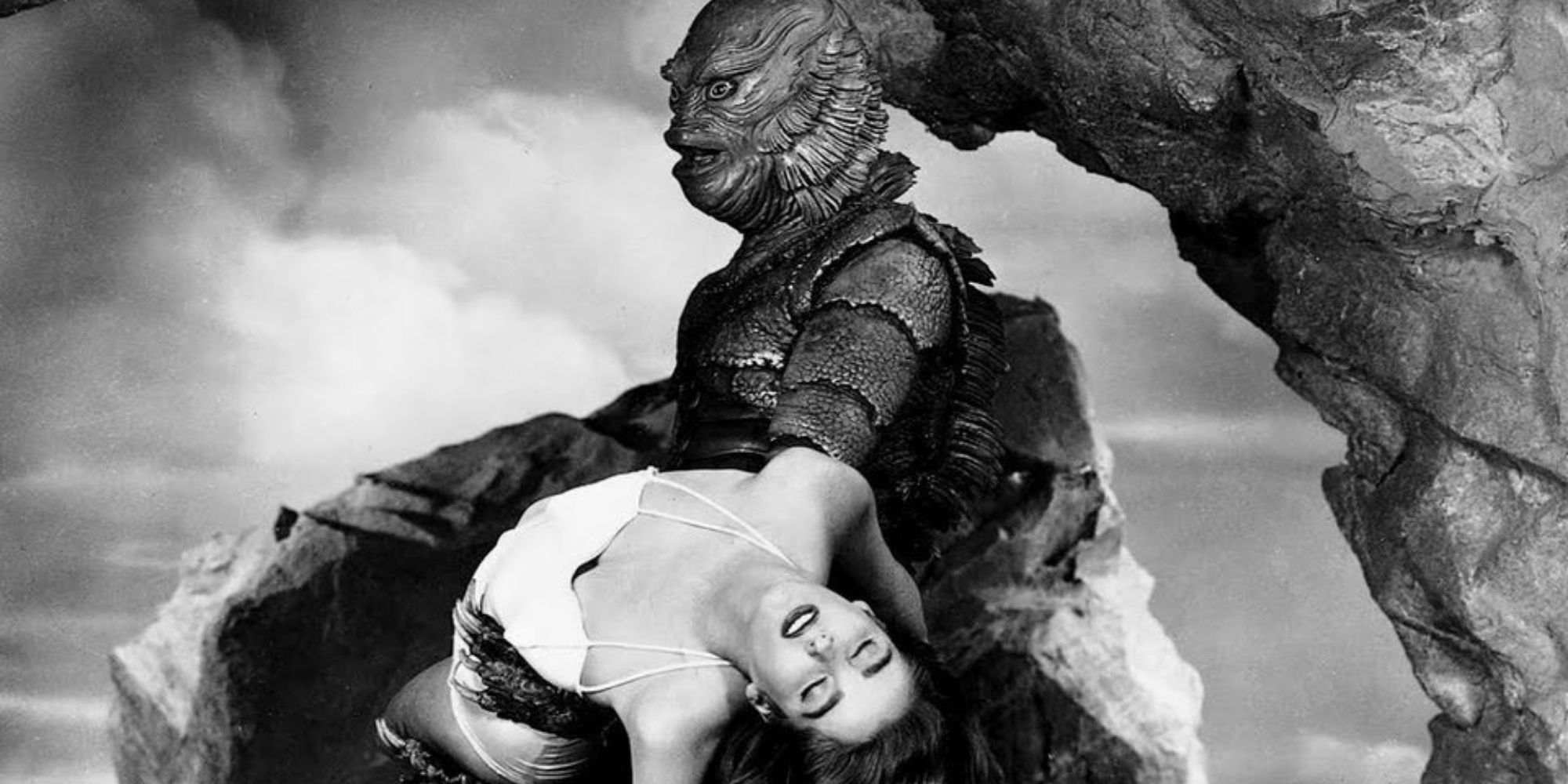Long before Michael or Jason or Freddy, there were a group of classic characters known as the Universal Monsters. These monsters starred in black-and-white horror films from the golden age of Hollywood that were produced by Universal Pictures.
Despite the lack of modern special effects, a black-and-white presentation, and, sometimes, not even any dialogue, these creepy, monstrous characters helped launch the horror genre of movies and have since become icons of Halloweentime for their scary appearances and deadly misdoings. This list is not limited to the Universal monsters, but all monsters listed herein are cinematic essentials.
Count Orlok ('Nosferatu')
If the name Count Orlok doesn't ring any bells, his face might. This character - sometimes referred to as Nosferatu - is the very first character to be depicted as a vampire on film. Count Orlok appears with scary dark eyes, large, pointed ears and a mouth full of fangs.
Nosferatu premiered in 1922, a silent German horror film about a vampire who lives in a Transylvanian castle and plans on moving into town, casting plagues on the townspeople and feasting on their blood.
Quasimodo ('The Hunchback Of Notre Dame')
Most people know Quasimodo as an endearing animated character, but decades before the Disney adaption of The Hunchback of Notre Dame came a black-and-white live action. Unlike the tame appearance of the cartoon, Quasimodo appears in the film much scarier and more deformed, also deaf and half-blind.
The Hunchback of Notre Dame came out in 1923 and told the story of a deformed man who, despite being ordered to capture a gypsy, falls in love with her and winds up in a fatal fight in order to save her life.
The Phantom ('The Phantom Of The Opera')
Long before The Phantom of the Opera was a Broadway success, it was a silent horror starring The Phantom. While not your typical Halloweentime character, The Phantom's deformities make him appear creepy in the black-and-white film despite being an antihero.
The 1925 film follows a young woman who longs to be an opera singer and gets her wish after some coaching from a mysterious man who lives beneath the opera house. When the man reveals himself to be a disfigured man who is in love with her, she vows not to be with him, causing The Phantom to get revenge.
Dracula ('Dracula')
While not the first character to be depicted as a vampire, Dracula is the most popular vampire, even more iconic than Edward Cullen. Loosely based on a real villainous man named Vlad the Impaler, Dracula and his pointed fangs are always - literally - out for blood.
Dracula came out in 1931, in two versions, one in English and one in Spanish, that used the same Universal sets. Both followed Count Dracula on a blood-thirsty rampage through London where he turns young women into vampires while being hunted down by the infamous Van Helsing.
Frankenstein's Monster ('Frankenstein')
Of all the classic monsters, Frankenstein's Monster - often misreferred to as Frankenstein - is famous for his green skin, bolts in his neck, and incessant grumbling. Though the fifth in line of the black-and-white monster hits, Frankenstein's Monster remains a Halloweentime icon.
Frankenstein premiered in 1931 and told the story of Dr. Frankenstein's attempt to bring life to deceased body parts, including a human brain. When the mad doctor brings his monster to life, the zombie-like creature is misunderstood, eventually wreaking havoc on the village people.
Mummy ('The Mummy')
The Mummy - originally named Imhotep - became a creepy character during Halloweentime due to being a preserved corpse wrapped in linen who is often depicted as a zombie-like creature wrapped in white strips of fabric.
Boris Karloff starred as the titular character of 1932's The Mummy, about a group of archaeologists who discover the mummified body of Imhotep and accidentally awaken him, causing the mummy to come back to life and attempt to kill and mummify his love in order to make her his bride.
The Invisible Man ('The Invisible Man')
The Invisible Man - also referred to as Dr. Jack Griffin - is a lesser-known classic horror icon who discovers a potion to turn himself invisible, gaining a side effect of insanity in the process. After turning violent, this character's invisibility is the key to his scary nature.
Out in 1933, The Invisible Man followed a doctor who manages to turn himself invisible. But when side effects include violence and deranged behavior, the police, his old mentor and his fiancée try hunting him down despite being unable to see him.
Bride Of Frankenstein ('The Bride Of Frankenstein')
A few years after Frankenstein Monster's film debut came the Bride of Frankenstein, who was created by Dr. Frankenstein in hopes of giving his misunderstood monster a female companion. The Bride appears more human than other monsters, standing out with his large, dark hair with a white streak.
The Bride of Frankenstein premiered in 1935 as a sequel to Frankenstein and follows Dr. Frankenstein's second attempt at creating life. When he brings to life a female mate for his first monster, she winds up not being as in love with the monster as he is with her.
Wolf Man ('The Wolf Man')
From Teen Wolf to Michael Jackson's "Thriller," werewolves have been the stars of horror works for decades, and it's all thanks to Wolf Man. This character is a regular man by day and a hairy beast at night, typically under a full moon.
A decade after Dracula came The Wolf Man in 1941, a story of a man who gets much more than he bargained for when he returns home and visits an antique shop. After killing a wolf with the cane he bought, he begins transforming into one himself.
Gill-Man ('Creature From The Black Lagoon')
The Creature from the Black Lagoon - credited in the film as Gill-Man - is just that: a creature who resembles a sea monster who resides in a black lagoon. This creature remains an underrated character from the Universal Monsters despite his murderous desires and scary appearance in the water.
The Creature from the Black Lagoon debuted in 1954 and followed a group of scientists who stumble upon a scary creature at their camp who they attack, enraging the monster and sending him on a murderous rampage.

